
Prayer
We believe prayer is a key to growth in a believer's life and in the life and growth of a church. We feel strongly about impacting our community of Swansea and we know prayer is vital to this. We join together as a church to prayer for areas of Swansea throughout the year. Feel free to join with us as we pray for God's Kingdom to come in Swansea.
Prayer for Swansea
Pray
Blessing
We pray God's blessing would be upon every individual, home and business. We pray God would provide for the needs in people's lives and families.
The LORD bless thee, and keep thee: The LORD make his face shine upon thee, and be gracious unto thee: The LORD lift up his countenance upon thee, and give thee peace.
Numbers 6:24-26
Protection
We pray for God's protection to be on every individual physically, emotionally and spiritually. We realise we live in a fallen and sinful world so there is evil present among us. We pray for a covering for each person.
For in the time of trouble he shall hide me in his pavilion: in the secret of his tabernacle shall he hide me; he shall set me up upon a rock.
Psalms 27:5
Awakening
We pray for an awareness and awakening to who God is would take place. We pray for a realisation and revelation of who God is. We believe God can and will open the spiritual eyes of people to see the love God has for them and there is salvation available for everyone.
For God, who commanded the light to shine out of darkness, hath shined in our hearts, to give the light of the knowledge of the glory of God in the face of Jesus Christ.
2 Corinthians 4:6
October - Cockett
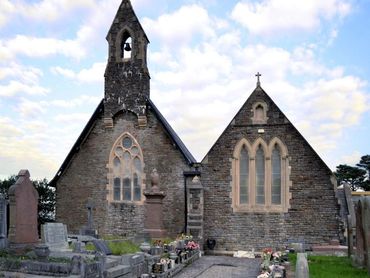

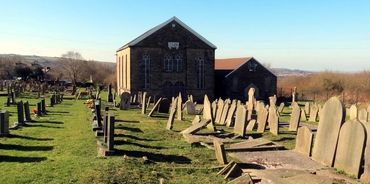

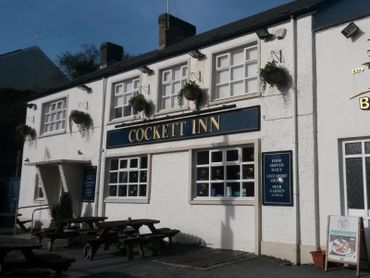
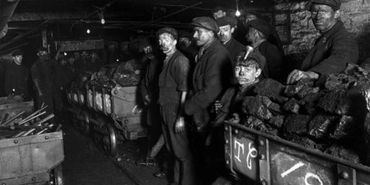
Cockett
Cockett
Cockett boasts a population of around 12,500 residents. This area of Swansea was developed later than many other areas as the city grew and expanded in the late 19th and early 20th centuries. There were several revivals which took place in this area throughout the early 1800's. The first chapel was built around 1840. One quote from the time states, "The influences were so strong that people stayed in the chapels until half the night to sing, weep, and pray, and again there were gangs on the way home, stopping here and there to pray."
This area was home to many coal mines throughout the 1800's also. The mine owners saw the value religion on their workers so they approved an unusual undertaking. They approved the construction of two underground chapels which miners could attend. They were constructed within a week and soon prayer meetings were being held in them. One paper reported, "On Monday morning the 18th August, in the Mynydd Newydd Colliery, near Swansea, a Prayer Meeting was held underground. About 100 people were present. Their agent, Mr. Daniel, was favourably inclined to the the event and promised them every support. They intend to hold the meeting every Monday morning at 6 o'clock. What could they do better? How fine to think of so many men starting the week's work with prayer to God without whose knowledge nothing can go on. It is said that not a swear-word was heard throughout the day. What a great reform!"
There were prayers literally prayed under the soil of this area. Join with us as we believe these prayers will still bear fruit today.
July - Morriston






Morriston
Morriston
Morriston is located on the north side of Swansea and has a population of just over 16,000.
June - Bon-y-maen & Pentrechwyth






BON-Y-MAEN & PENTRECHWYTH
Bon-y-maen & Pentrechwyth
Bon-y-maen means "base of the stone" in Welsh. It is named after the Standing Stone which was part of a monument over 4,000 years old and which still remains. The area has a population of around 7,500. Pentrechwyth and Bon-y-maen are both located at the foot of Kilvey Hill so are limited in how much expansion can occur. Communities first sprang up here during the Industrial Revolution and then later after WW2. The recent development of housing in the Copper Quarter had seen an increase of traffic through these areas. There are many church buildings throughout this area but, unfortunately, many are closing their doors and as congregations age and dwindle. We a praying for a revival in this area and for God to open doors for us here.
May - St. Thomas and Port Tennant


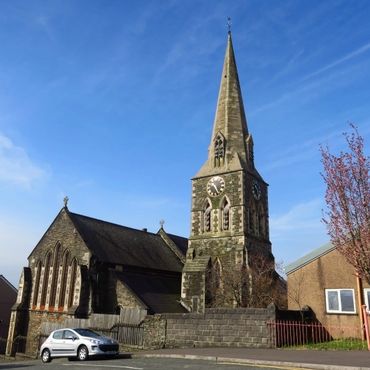


St. Thomas and Port Tennant
St. Thomas & Port Tennant
This area takes its name from the Tennant family who developed and built the Tennant Canal which was completed in 1824 and was used to connect various rivers and communities to the Swansea Docks. This area is dominated by the famous natural landmark of Kilvey Hill. This is a mainly residential area with a population of around 7,000 in the whole are which includes Port Tennant and St. Thomas. A bigger and expanded dock was later constructed along with more housing changing the face of this whole area. Now the main entry to Swansea from the east passes through this Port Tennant separating the old docks from the new.
We believe for God to open doors throughout this area and a great revival to take place.
April - Mayhill & Townhill
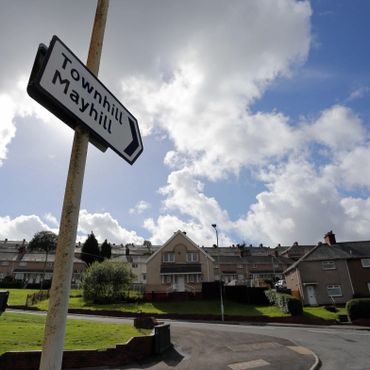





Mayhill & Townhill
Mayhill
The district of Mayhill lies just west of the city centre on a 175m (575ft) hill. It has stunning views to the south of the city centre and, towards the north, Bannau Brycheiniog (Breacon Beacons) can be seen in the distance. Mayhill was an area affected by the bombing in World War 2 with several parts hit heavily. Mayhill is an area which was seen more development in recent years. Located within the area of ownhill, we are believing God to begin opening doors in this area.
Townhill
The hilltop of Townhill can be seen from almost every part of Swansea. With a population of around 9,000 in this whole area, it has a large population of children and young people. The area was developed around the turn of the 20th Century as more housing was needed. The previous farmland was turned into mainly housing. To preserve the Welsh heritage, many of the streets are named after famous Welsh figures in history and culture. We are believing God for a church on "the Hill".
March - City Centre & Sandfields






City Centre & Sandfields
City Centre
The heart of Swansea, the city centre area provides shopping, restaurants, museums and entertainment. It experienced a large downturn but in recent years, it has been slowly rebuilt and refurbished and new structures added. The Maritime Quarter is where much of the new construction has taken place as apartments and restaurants have been built surrounding the boat docks and seafront/beach areas. It is also home to Swansea Market, the largest indoor market in Wales.
Sandfields
Sandfields is located just to the west of the city centre. With many small B&B's and hotels on the waterfront, it is also home to the largest mosque in Wales which is housed in St. Andrew's, a former Presbyterian church building. With its great location right on the seafront, it is an area which will probably see a lot more development and upgrades in the next few years.
February - Uplands & Mt. Pleasant






Uplands & Mt. Pleasant
Uplands
Uplands is the birthplace of the famous poet Dylan Thomas. It has a population of around 14,000 and is thriving area of Swansea. Many students live in this area meaning the largest population group is aged 16-24. Located in Uplands is Mansion House, the official residence of the Lord Mayor of Swansea. There are also several religious groups which have locations in Uplands as well as two private schools.
Mt. Pleasant
Mt. Pleasant is located to the north of the city centre. Much of Mt. Pleasant was affected during the Swansea Blitz in World War 2 so it has seen much change. It features many steep roads, including Constitution Hill, one of the steepest roads in the UK.Mt. Pleasant Baptist Church was built in 1825 and once hosted the famous Welsh preacher Christmas Evans.
January - Sketty and Brynmill






Sketty and Brynmill
Sketty
Our church is located in Sketty, at the Sketty Crossroads. Sketty has a population of just under 15,000 in the local area. Sketty Ward includes the areas of Sketty, Tycoch, Derwen Fawr and Sketty Park. Within Sketty are several major locations including Singleton Hospital, Swansea University (Singleton Campus), Gower College (Tycoch Campus), Cefn Coed Hospital as well as many local businesses. There is also the largest park in Swansea, Singleton Park.
Brynmill
Brymill is the home of many students who attend Swansea University. Because of the student population, Brynmill is the most densely populated area in Swansea. Situated with the beach to the south, Singleton Park to the west and with the beautiful Brynmill Park in the middle, it makes for a great place to live. It is also home to St. Helens Rugby Club, one of the oldest rugby clubs in the UK.
Copyright © 2025 Apostolics of Swansea - All Rights Reserved.